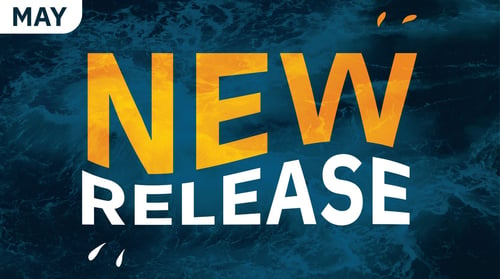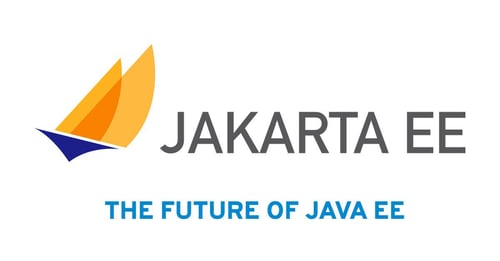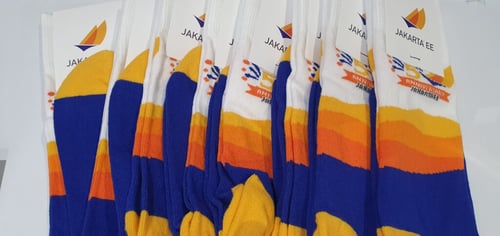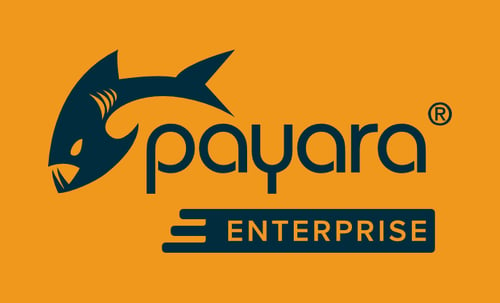What's New in the May 2023 Payara Platform Release?
Published on 24 May 2023
by Luqman Saeed
Topics:
JakartaEE,
New Releases,
Jakarta EE
|
0 Comments
With the team freshly rejuvenated from the annualPayara Retreat,the May release of the Payara Platform is out with enhancements and bug fixes to rejuvenate your deployments. Payara Platform Enterprise 6.2.0 comes with 4 bug fixes, 3 improvements, a security fix and 6 component upgrades. Payara Platform Community 6.2023.5 also comes with 4 bug fixes, 5 component upgrades, 1 security fix and 1 improvement.
To Lombok Or To DeLombok?
Published on 18 May 2023
by Luqman Saeed
Topics:
Java
|
0 Comments
The Lombok project is a Java library that aims at “spicing up your java.” Started back in 2009, it consists mostly of annotations that can be used on Java classes to generate helpful constructs like getters and setters. It aims at freeing you from writing quite a number of the ceremonial boilerplate code that you sometimes need to write as part of your everyday use of Java.
How To Consume and Return Data In YAML In Jakarta REST
Published on 16 May 2023
by Luqman Saeed
Topics:
Java EE,
JakartaEE,
Java,
Jakarta EE
|
0 Comments
YAML is a simple, human-friendly data serialization language for all programming languages. It is the main format for working with Docker. As a language agnostic format, there are many bindings for all the major programming languages. You can easily consume and return data in the YAML format in your Jakarta REST application using message body readers and writers.
How To Get Resource Method Information With ResourceInfo In Jakarta REST
Published on 03 May 2023
by Luqman Saeed
Topics:
REST,
JakartaEE,
Jakarta EE
|
2 Comments
Oftentimes in a Jakarta REST application, you may need to access some metadata about a given resource method matched by the Jakarta REST runtime, outside of a resource class. This could be so as to dynamically alter the client's request based on some custom business requirement, or for informative purposes. For example, in a Jakarta REST component like an exception mapper, you might want to get the currently matched resource method and get its HTTP method.
Make Your Voice Heard In The 2023 Jakarta EE Developer Survey
Published on 20 Apr 2023
by Luqman Saeed
Topics:
MicroProfile,
JakartaEE,
Jakarta EE
|
0 Comments
Are you an Enterprise Java Developer? Or even a Java developer? If yes, then here is your chance to make your voice heard in the2023 Jakarta EE Developer Surveythat is currently on-going. The survey is organized by the Jakarta EE Working Group, the body responsible for steering the development and advancement of cloud native Java development at the Eclipse Foundation.
What's New in the April 2023 Payara Platform Release?
Published on 19 Apr 2023
by Luqman Saeed
Topics:
MicroProfile,
JakartaEE,
Jakarta EE
|
0 Comments
From the Payara Engineering hutch comes a number of quality of life improvements in the April 2023 Payara Platform Releases. Payara Platform Community 6.2023.4 comes with a bug fix, 4 component upgrades and 1 improvement. Payara Platform Enterprise 6.1.0 comes with 2 improvements, 1 bug fix and 4 component upgrades. Payara Platform Enterprise 5.50.0 also comes with 1 improvement, 1 bugfix, 1 security fix and 1 component upgrade.
From Java to Jakarta EE: A Guide to Building a Career in Enterprise Java Development
Published on 18 Apr 2023
by Luqman Saeed
Topics:
JakartaEE,
Jakarta EE
|
0 Comments
Getting Started With Jakarta EE 10 - Jakarta CDI
Published on 04 Apr 2023
by Luqman Saeed
Topics:
CDI,
JakartaEE,
Jakarta EE
|
1 Comment
Jakarta EE 10, the first major release of the platform since it was transferred to the Eclipse Foundation, did come with a slew of changes and updates to many of its constituent specifications. One such specification that received updates is the Jakarta Contexts and Dependency Injection specification. The specification release version for Jakarta EE 10 is Jakarta CDI 4.0, which came with major changes.
Two of such major changes are the split of the specification into a Lite and Full profiles and the change in default behaviour for an empty beans.xml file. In this blog post, we take a quick look at getting started with Jakarta CDI, in my view, the single most influential specification on the Jakarta EE Platform.
March 2023 Payara Platform Release: Payara 6 Enterprise!
Published on 30 Mar 2023
by Luqman Saeed
Topics:
JakartaEE,
Jakarta EE
|
0 Comments
A lot. Hot out of the Payara engineering furnace, we bring you the latest Payara Platform Community and Enterprise releases for the month of March 2023. Payara Platform Enterprise 6.0 gives you a production optimized and commercially supported runtime for your mission-critical projects, combining our top-rated support and 10 year software lifecycle with the very latest version of Jakarta EE.
Payara Platform Community 6.2023.3 is out with 4 improvements, 6 bug fixes and 3 component upgrades. Payara Platform Enterprise 5.49.0 also comes with 4 bug fixes, 3 component upgrades and 1 improvement.
Payara 6 Enterprise Release - Frequently Asked Questions (FAQs)
Published on 30 Mar 2023
by Luqman Saeed
Topics:
MicroProfile,
JakartaEE,
Payara Enterprise
|
0 Comments



.png?width=500&name=download%20(21).png)

.png?width=500&name=2023%20Jakarta%20EE%20Developer%20Survey%20-%202%20(2).png)
-3.jpg?width=500&name=April%20(1)-3.jpg)

.jpg?width=500&name=Thumbnails%20(3).jpg)
.png?width=500&name=MicrosoftTeams-image%20(504).png)
